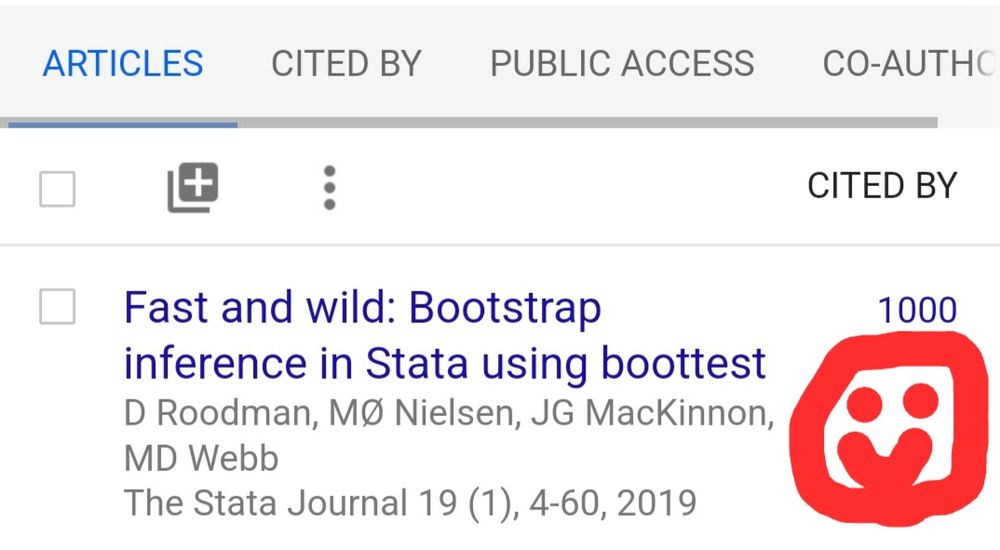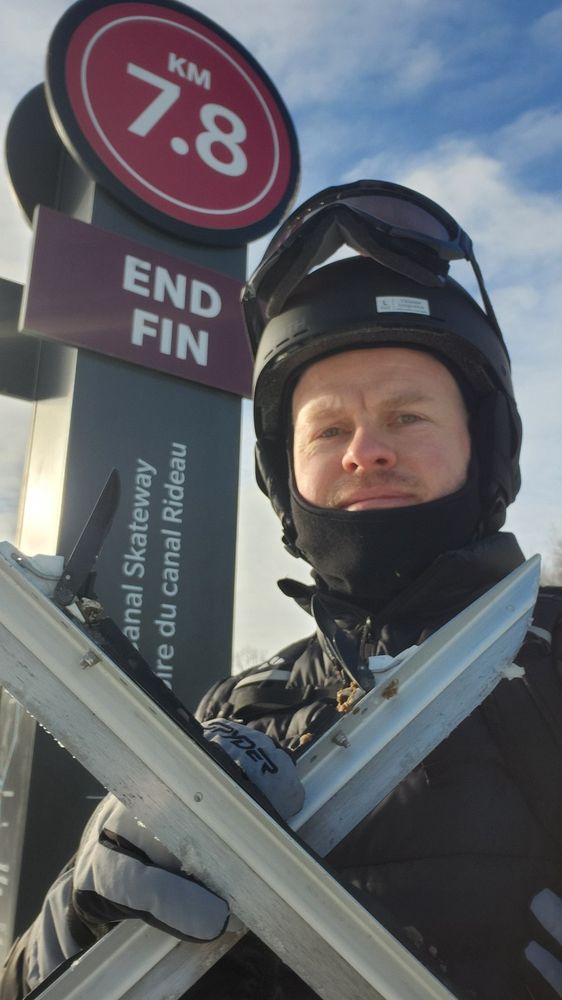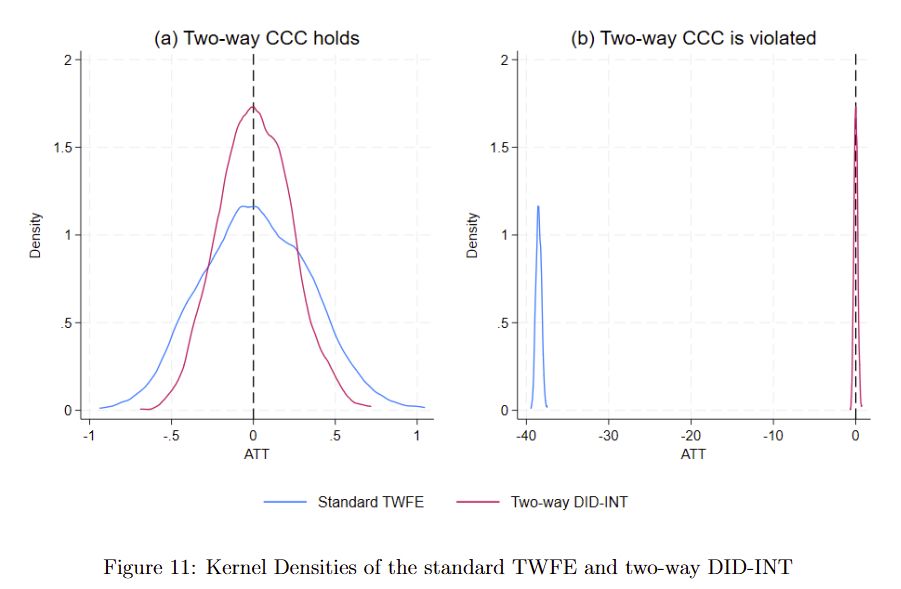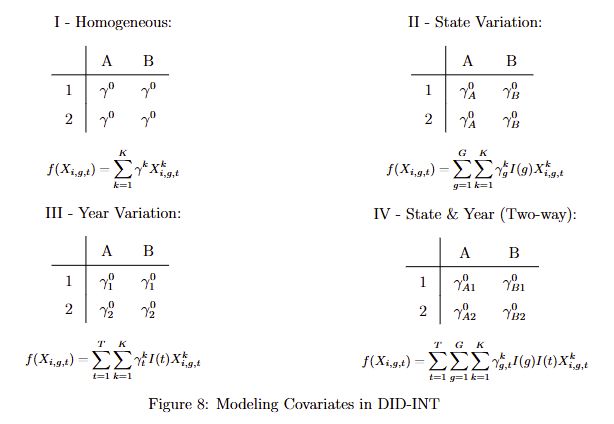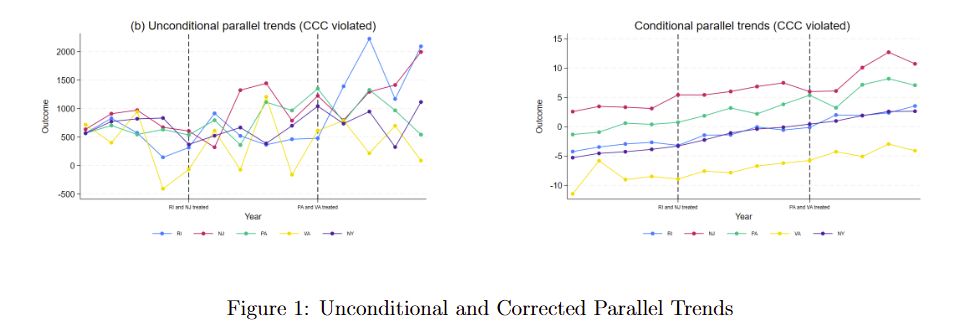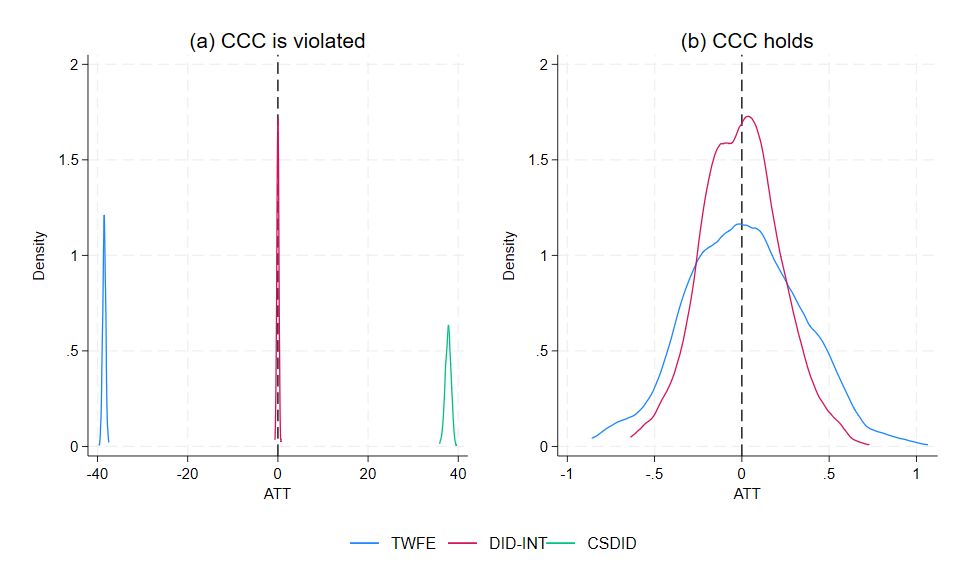Matt Webb
@mattdwebb.bsky.social
440 followers
190 following
33 posts
Associate Professor of Economics at Carleton University. Interested in statistical inference, empirical micro, and experiments.
Posts
Media
Videos
Starter Packs
Matt Webb
@mattdwebb.bsky.social
· Jun 3
Matt Webb
@mattdwebb.bsky.social
· May 14
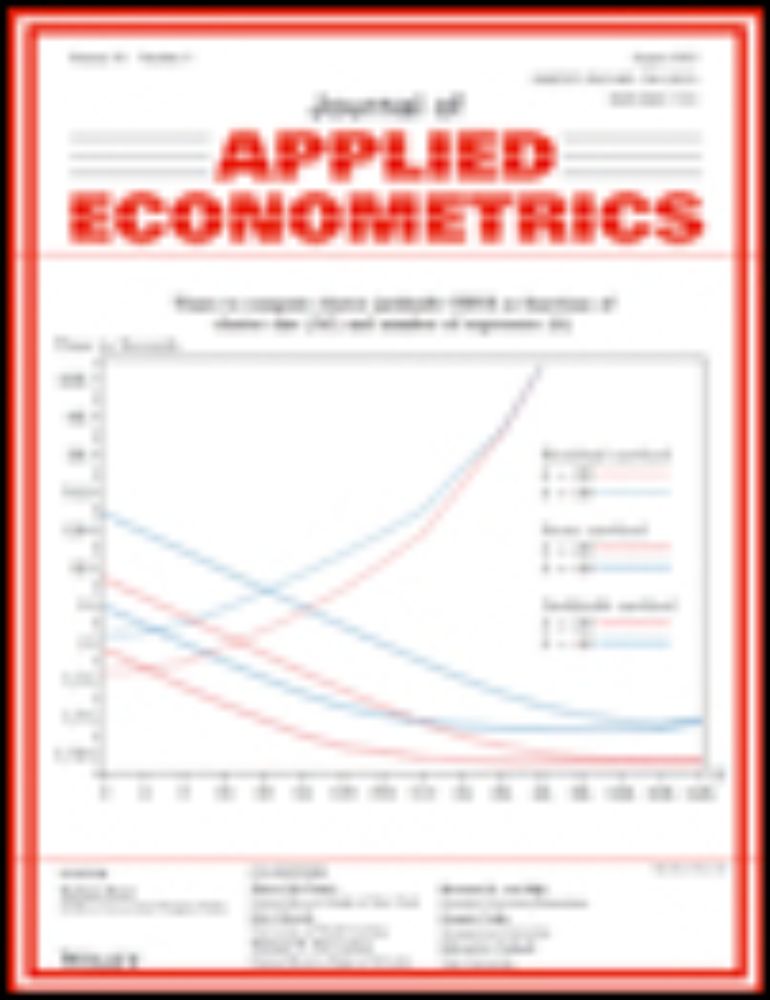
Fast and reliable jackknife and bootstrap methods for cluster‐robust inference
We provide computationally attractive methods to obtain jackknife-based cluster-robust variance matrix estimators (CRVEs) for linear regression models estimated by least squares. We also propose seve...
onlinelibrary.wiley.com
Matt Webb
@mattdwebb.bsky.social
· Apr 29
Matt Webb
@mattdwebb.bsky.social
· Apr 4
Reposted by Matt Webb
Nick Huntington-Klein
@nickchk.com
· Apr 1
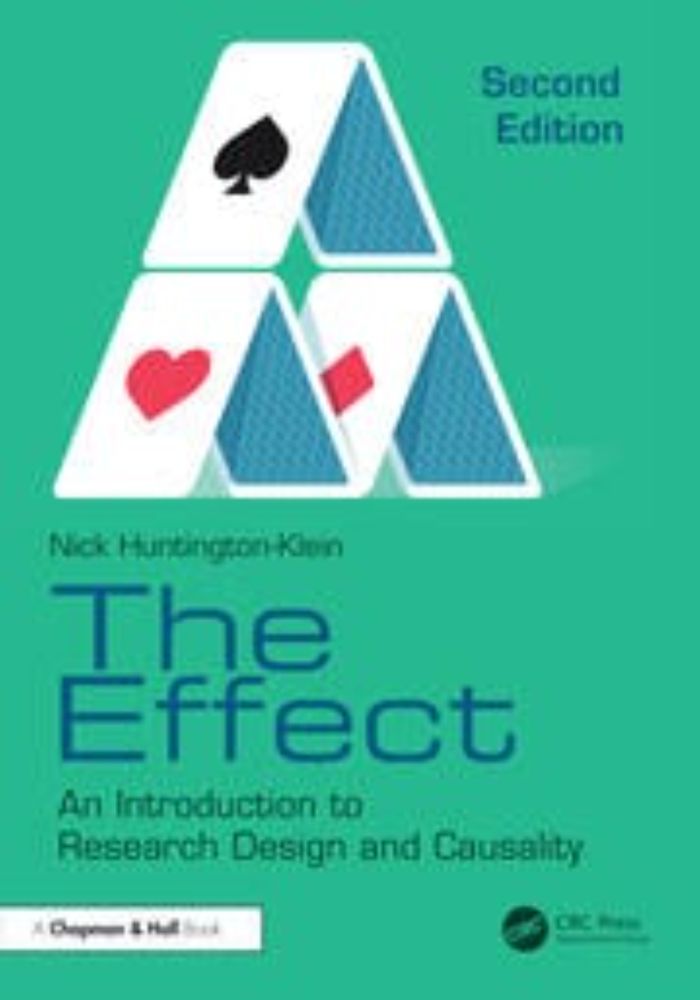
The Effect: An Introduction to Research Design and Causality
The Effect: An Introduction to Research Design and Causality, Second edition
is about research design, specifically concerning research that uses observational data to make a causal inference. It is s...
www.routledge.com
Matt Webb
@mattdwebb.bsky.social
· Jan 6
Matt Webb
@mattdwebb.bsky.social
· Dec 20
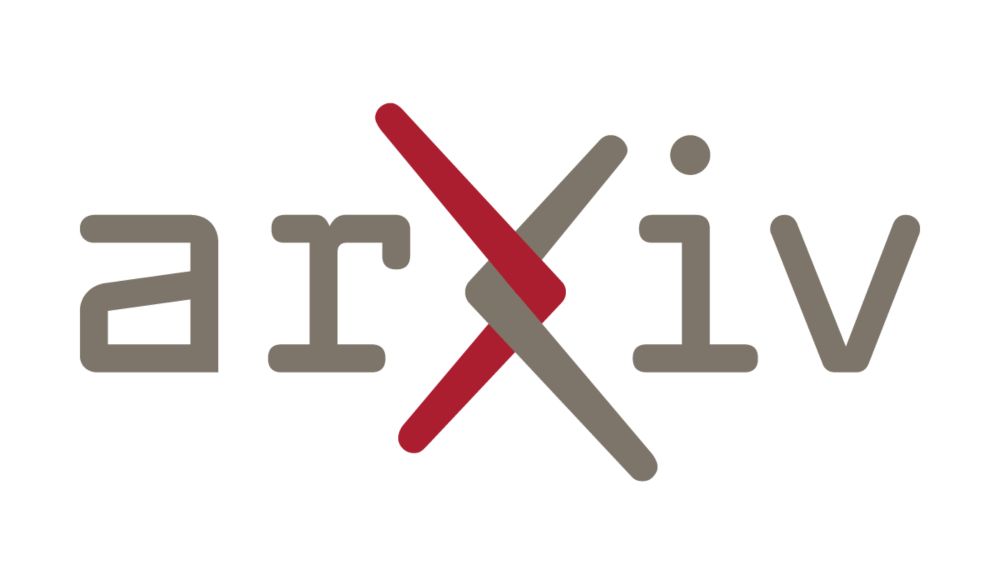
Good Controls Gone Bad: Difference-in-Differences with Covariates
This paper introduces the two-way common causal covariates (CCC) assumption, which is necessary to get an unbiased estimate of the ATT when using time-varying covariates in existing Difference-in-Diff...
arxiv.org
Matt Webb
@mattdwebb.bsky.social
· Dec 7
Matt Webb
@mattdwebb.bsky.social
· Dec 7


